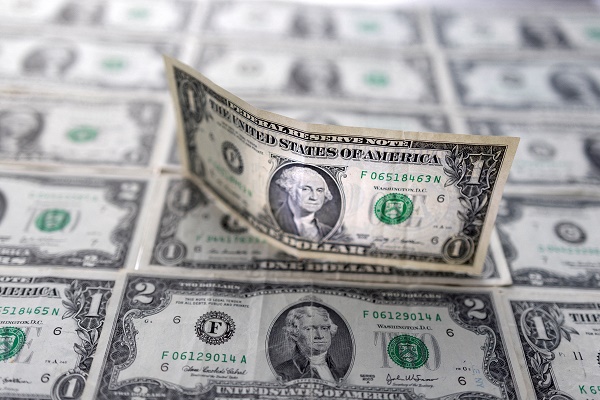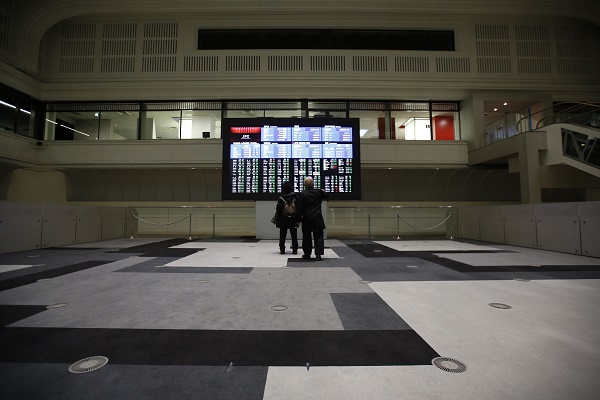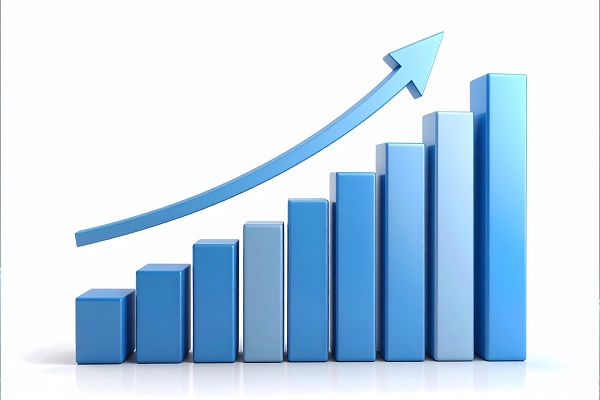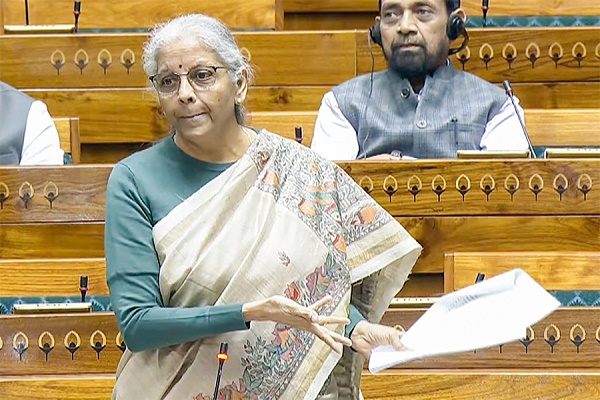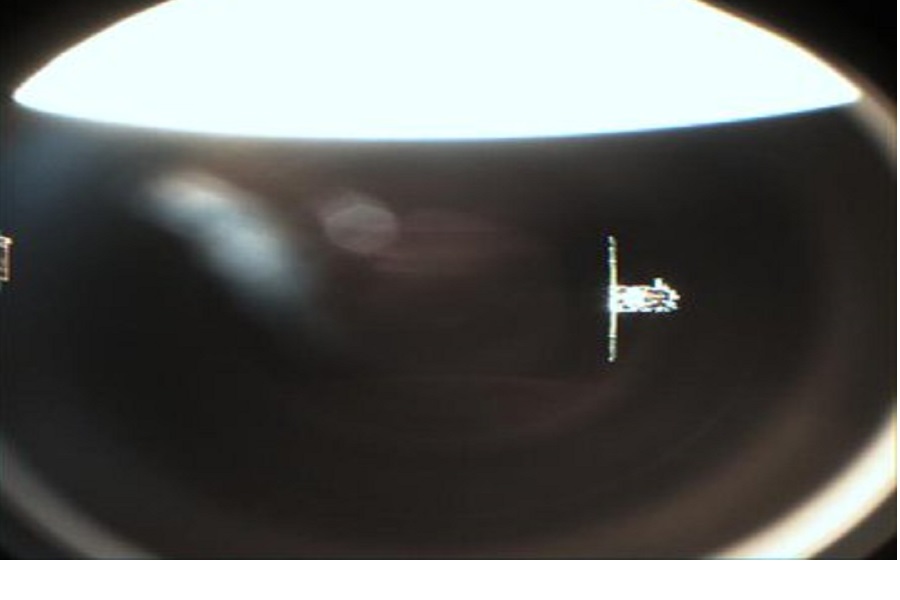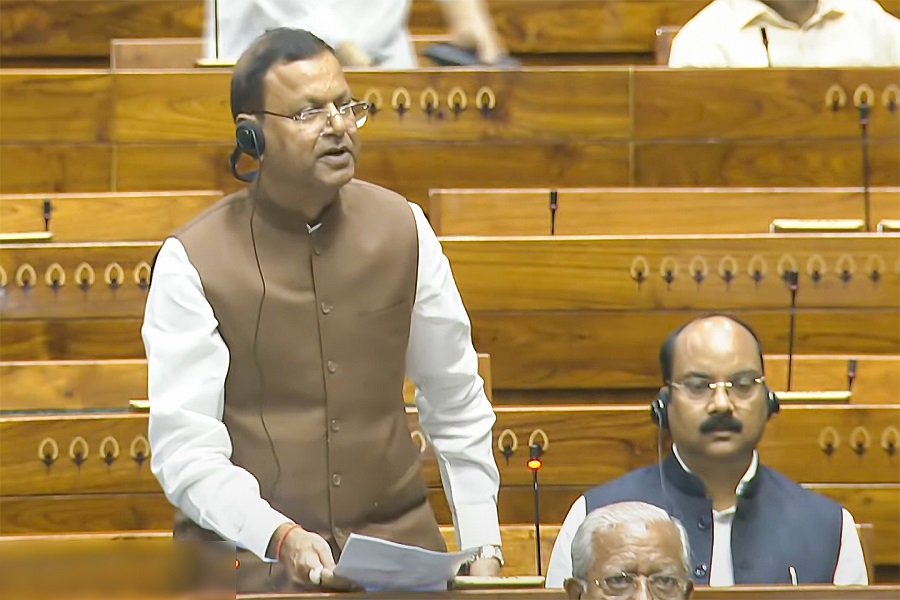Strategy: Can the government supplement the RBIís efforts? by Kotak Institutional Equities
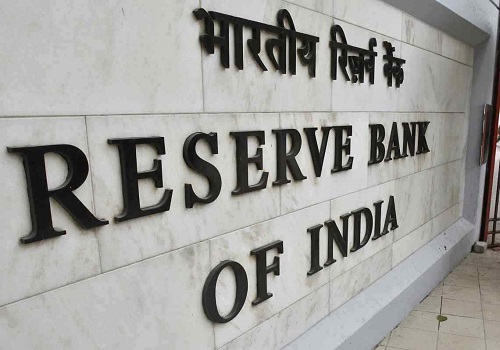
Can the government supplement the RBI’s efforts?
In our view, a broad-based reduction in household expenses through (1) a cut in retail automobile fuel prices and/or (2) a cut in GST rates can deliver a moderate boost to household savings/consumption and supplement the RBI’s monetary efforts to support growth. The government has enough fiscal space to attempt broad-based support or sector-specific stimulus.
Government can deliver Rs1.2 tn of fiscal boost to households
The government can supplement the RBI’s pro-growth policies by passing on around Rs1.2 tn of annualized savings to households through large cuts in retail automobile fuel prices. Household balance sheets may require support, given a gradual erosion in the household savings rate, even as corporate and government balance sheets improved (see Exhibit 1). In our view, the government can look at (1) broad-based measures such as reducing the GST rate of high-rated GST items and (2) sector-focused measures such as lower retail automobile fuel prices and/or lower GST rates for mass-market items. In addition, the government can redirect savings from a likely lower-than-expected capex to cut GST rates. We doubt it will be able to spend on AI and R&D initiatives (Rs550 bn higher in FY2026BE versus in FY2025P; see Exhibit 2).
Targeted fiscal neutral GST rate cuts can offer marginal benefits to demand
We estimate that a complete pass-through of the Rs1.2 tn through a cut in GST rates and a commensurate increase in central and state taxes on diesel and gasoline instead of a reduction in retail automobile fuel prices from the current high levels could reduce the effective GST rate by around 65 bps from around 11.5% to 10.9% (see Exhibit 3). As such, we believe that the government has options to reduce GST rates on (1) select items in the 18-28%+ brackets; we would recommend a reduction in items such as automobile 2Ws and cement and/or (2) items of mass consumption in the 12% bracket. Exhibit 4 shows the estimated contribution of major sectors to GST collection in India.
Normalized marketing margins for OMCs may provide 0.3% of GDP boost
We compute that reducing marketing margins of diesel and gasoline to normalized levels of Rs3-4/liter from the current elevated levels (see Exhibits 5-6) can generate Rs1.1-1.3 tn of savings for the government and/or households (see Exhibit 7). OMCs can still make decent profits at normalized marketing margins over FY2026-28E, after a sharp increase over FY2019-25 (see Exhibit 8). The government can choose to (1) pass on a portion of the benefits through a cut in retail fuel prices and/or (2) retain the balance by raising the excise duty.
Fuel price cuts could further reduce ownership costs of auto
We note that a large fuel price cut could provide an added boost to the automobile sector, given the large sensitivity of the cost of ownership to retail fuel prices. Exhibits 9-12 show the sensitivity of the cost of ownership of 2Ws and PVs to fuel prices and interest rates. We note that retail fuel prices have a far bigger impact on the total cost of ownership than interest rates.
Above views are of the author and not of the website kindly read disclaimer


